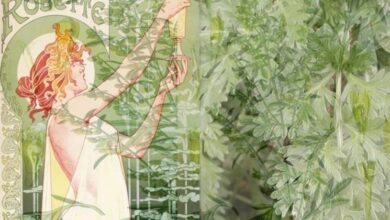Mirto tarantino
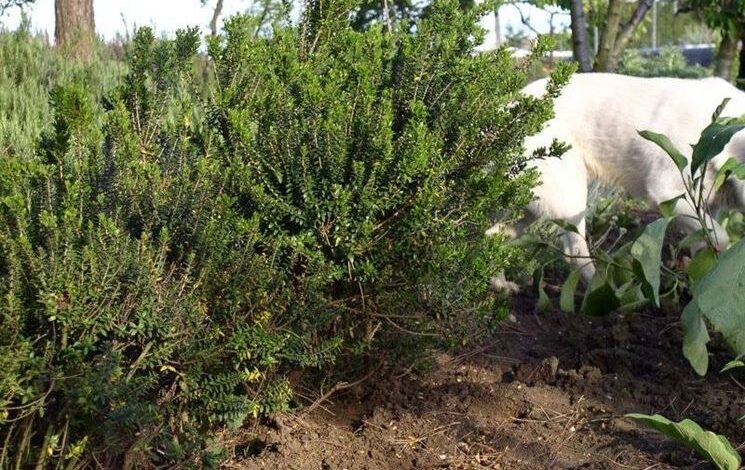
Characteristics of Mirto Tarantino
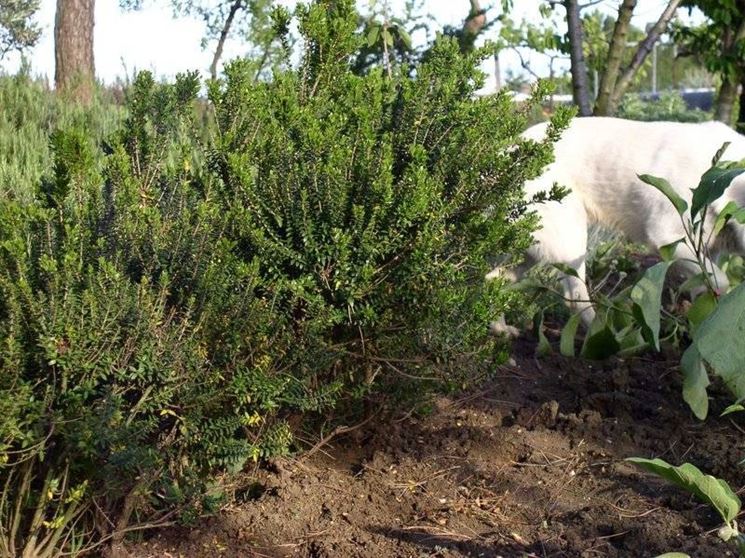
Cultivation of the Tarantino Myrtle
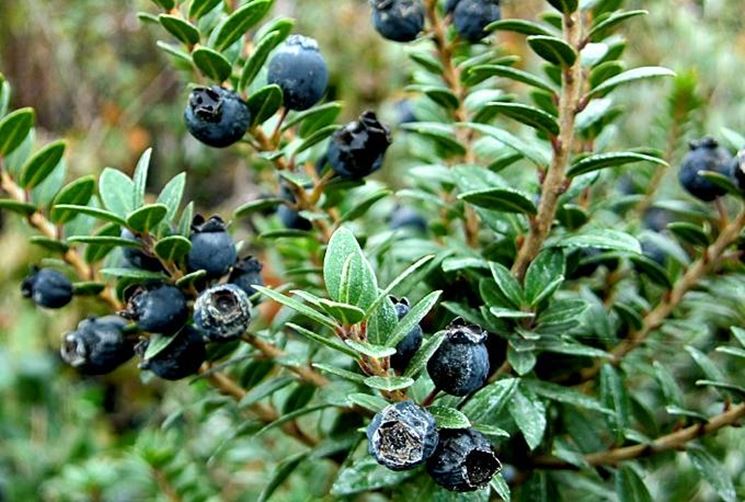
Mirto Tarantino is a species that loves heat and acid soils, however it is also widespread in calcareous soils. It is usually grown for ornamental reasons in sheltered positions because it fears frost. It does not require particular attention regarding irrigation, usually in summer, in case of great heat and drought it must be watered every 15/20 days. Fertilization should take place between May and September by adding a specific liquid fertilizer to the irrigation water. If the Myrtle is grown in pots, repotting must be done annually in spring, once the final size of the pot has been reached it is sufficient to replace the first layer of earth. Due to its particular flowering, drastic pruning is not recommended while it is preferable to periodically thin out the foliage by removing the damaged branches.
Collection, storage and use

Throughout the year the leaves are harvested, the berries in autumn. Both the leaves, the berries and the flowers are dried in the sun and thus preserved. They are used in the kitchen to flavor meats, fish and cured meats. It seems that its use as a medicinal plant is very ancient due to the rich presence of essential oils and aromatic substances. Mirtol, a substance contained in the leaves and fruits, would have balsamic, sedative, digestive and antibacterial properties, for these purposes the essential oil obtained from the whole plant is used. It would also be excellent as a tonic and purifying agent for skin problems. In Sardinia the use of Myrtle is typical for the production of liqueurs, prepared by macerating the berries in alcohol, jams and sweets and accompanied by pork.
Mirto tarantino: The Mirto between myth and legend
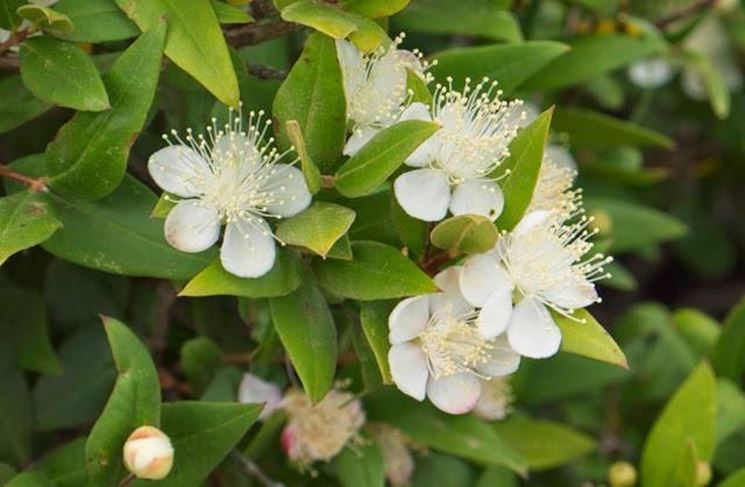
The name Mirto derives from the Greek myrtos and has the meaning of «perfumed essence». There are many legends about the origin of the name, according to Greek mythology the name derives from Myrsine, a young woman killed by an envious man because she was beaten in gymnastic games. Pity Athena decided to turn it into a fragrant shrub. Over time it became a symbol of Greek colonization as Greek emigrants carried myrtle branches to symbolize the end of a period of their life. In ancient Rome the Myrtle became a symbol of victory and during banquets a sprig of Myrtle passed from one guest to another for the toast and encouragement to the party. As a sacred plant to Venus it has been associated with fecundity,

